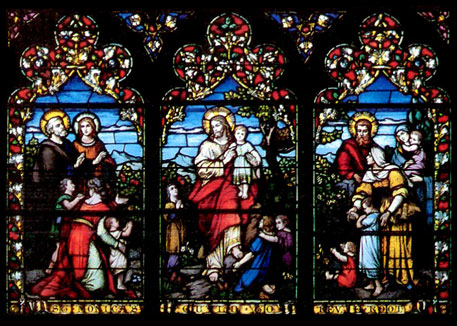At one early meeting between the white and black members of the two First Baptist Churches in Macon, a white member confessed that she was simply overwhelmed and didn’t know what to do. After a painful pause, an African American woman responded calmly, “Of course you are.” This reply was a palpable moment of compassion and accountability. While giving the white woman permission to feel overwhelmed, the African American woman’s response also gently affirmed that this discomfort was not an excuse for inaction.
Where can white churches start addressing white supremacy? Robert P. Jones offers some suggestions in an opinion piece at Religion News Service.
Consider the church histories we post on our websites, or in rector search profiles. Do we studiously avoid including race in our histories? One of Jones’ suggestions:
Tell a truer history of ourselves. Most churches that have been around for more than a generation have commissioned an official history that tells the story of the founding and early growth of the church. But these glossy accounts sitting in the church library or on tables in the foyer are typically incomplete at best. They, by design, are like a resume, usually written with a commitment to telling the most flattering, impressive story of the congregation.
Here’s one practical proposal. Pull together a group to write a more honest church history that begins with this simple question: Why is our church physically located where it is? Why is it in this part of our community and not another one? In nearly all cases this question will quickly lead to issues of racially segregated neighborhoods, white flight from cities to suburbs and land grabs from Native Americans, to name just a few. And other questions will flow from this beginning: Has the church ever had a policy or practice of prohibiting non-white members? Where was the voice of the church during past and present movements for civil rights? How different would a history of your church be if it were written by non-white members of your community?
Read all the suggestions here.
Image: Trinity Parish, St. Augustine (history) and here (stained-glass windows)

